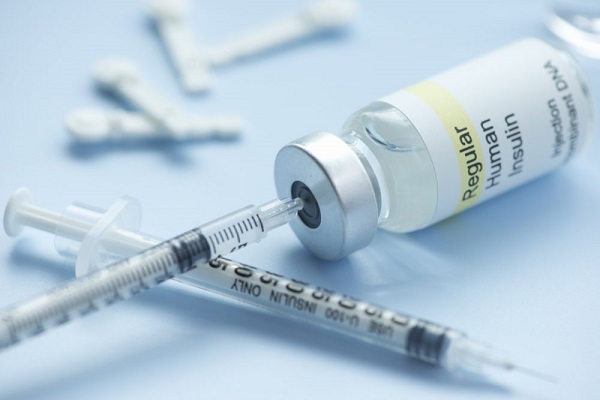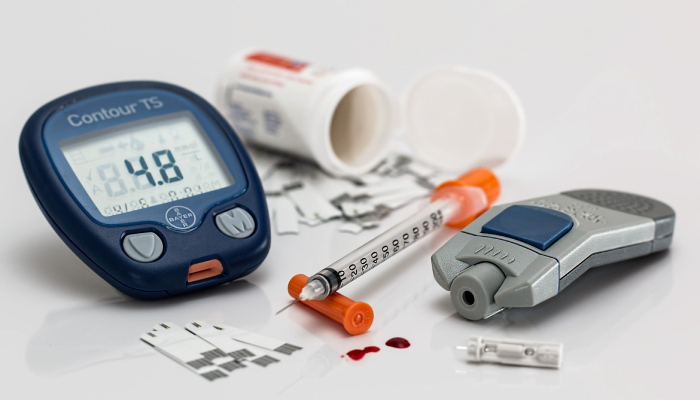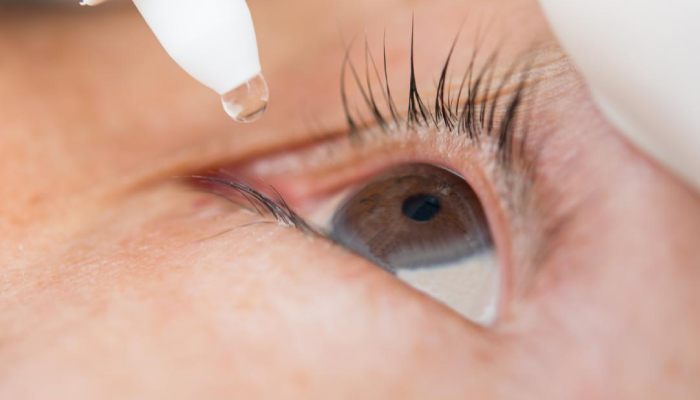Medical treatment for Diabetes

Know about various medical treatment types
March 28, 2020
An overview of obesity and the various medical treatments for obesity available today
April 4, 2020What are the symptoms of diabetes?
If you have certain diabetes risk factors or high amounts of blood glucose in the urine, your doctor would doubt whether it is due to diabetes. Blood glucose or blood sugar levels will be high when the pancreas is producing no or little insulin or when the body fails to respond to insulin. The doctor would start to diagnose by suggesting one to three tests. In the majority of cases, the doctor will ask to repeat the test to finalize the diagnosis.
- The A1c Test: It is an easy blood test that demonstrates average blood glucose levels. If the A1c level is 6.5% or higher, it means the person has diabetes.
- OGTT or Oral Glucose Tolerance Test: It involves consuming a drink that contains glucose. After consuming, the glucose levels will be tested once in 30 minutes to 1 hour for about 3 hours. When the person’s glucose level is about 200 mg/dL or more for 2 hours, then the person is having diabetes.
- Fasting glucose test is usually taken in the morning hours before consuming any food. When the level is 126mg/dL or more, then the person is said to have diabetes.
Read More About : An Overview Of Obesity And The Various Medical Treatments For Obesity Available Today
Treatment options for diabetes
It is not possible to follow your own medical treatment for diabetes. It is a serious condition and you need to take medicines prescribed by the physicians. The doctor will analyze your condition and prepare a treatment plan as per your body status. If needed, you may also get assistance from other physicians when planning your treatment. You can get suggestions from your foot doctor, eye doctor, nutritionist, diabetes treatment team, and diabetes specialist.
When it comes to giving medical treatment for diabetes, the physicians will have a keen watch on the blood sugar levels. They may also set a goal with the combination of exercise, medications, and diet. It is necessary to pay attention to when and what you eat. This way, you can avoid or minimize the fast-changing seesaw effect or quick altering blood sugar levels. It needs instant alterations in medication dosages, mostly insulin.

Drugs and treatment for diabetes
If you are having type 1 diabetes, the pancreas would not make sufficient insulin your body requires to utilize blood sugar. So, you would be given insulin through the usage of the continuous pump or injections. It will be challenging to give insulin injections to your child or yourself at the start to manage diabetes. However, it becomes an easy task as you get used to.
Some people use an insulin pump which is a computerized pump. It transfers insulin according to a set basis. The doctor will program the pump as per your condition to deliver a specific level of insulin all over the day. It is called the basal dose. Moreover, you can set the program to transfer a particular level of insulin according to the glucose before consuming food. It is called the bolus dose.
There are five types of injectable insulin.
- Ultra long-acting- It takes effect in one to two hours and lasts for about forty-two hours.
- Long-acting- It takes effect in one to two hours and lasts for more than twenty-four hours.
- Intermediate-acting- It takes effect in one to two hours and lasts for about eighteen hours.
- Short or regular acting- It takes effect within thirty minutes and lasts for about three to six hours.
- Rapid-acting- It takes effect in a few minutes and lasts for about two to four hours.
Afrezza or rapid-acting inhaled insulin is approved by the FDA and can be used before mealtime. It should be taken along with long-acting insulin for individuals with type 1 diabetes. It is not recommended for individuals with chronic lung disease and those who smoke. It is available in a single dosage cartridge. Individuals who require more than one particular kind of insulin can be given premixed insulin.

Another insulin option is Tresiba or Insulin Degludec. It is a single dosage of long-acting insulin. It lasts for more than forty-two hours. Tresiba is an exclusive basal insulin dosage approved for type 2 and type 1 diabetes for patients who are one year old. It is available along with fast-acting insulin.
In most conditions, the treatment plan is modified according to the patient’s condition. It can be adjusted according to your exercise and eating habits and also times for illness and stress.
By regularly checking the blood sugar levels, it is possible to track the changing requirements of insulin for the body.
You can also discuss with your physician to determine the right insulin dosage. Individuals with diabetes need to constantly check blood sugar three to four times a day using a device called a glucometer. The device determines sugar levels by processing the blood sample dabbed on the treated paper strip.
Recently, a new device called CGMS or continuous glucose monitoring system is used for measuring the glucose levels. It should be attached to the patient’s body to determine blood sugar levels.




